There are many reasons why fine motor skills fail to develop as planned. Therefore, from time to time, specific types of fine motor skills may need prompts to emerge. This blog will discuss activities parents and teachers can use to encourage the development of different aspects of fine motor skills. These aspects include sustained attention, eye movements, hand movements and the ability to put all of these parts together.
Functional Vision
Functional Vision is the ability to use input from the eyes when carrying out daily activities such as lacing shoes, reading, playing a game or riding a bicycle. This skill is necessary for success in the development of fine motor skills.
One primary component of functional vision is the ability to coordinate the muscles that move the eyes. These abilities include visual pursuits or the tandem movements seen when both eyes follow a moving target. Visual convergence, the ability to move both eyes toward each other so that they focus on a target is another major portion of functional vision.
A secondary component of functional vision that is involved with the development of fine motor skills is called visual association. Visual association is the ability to relate what is seen to memories of the object in terms of what it is called and how it is used. For example, when the letter “A” is seen standing by itself, children may begin to imagine looking at things that begin with the letter “A”.
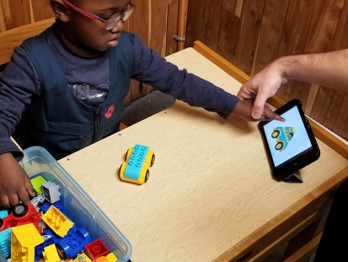
Games that encourage the development of functional vision include activities such as:
- Kicking a soccer ball into a backyard goal
- Shooting hoops
- Ball bouncing games
- Gently tapping a balloon up overhead and then catching it
- Blowing only two or three soap bubbles and then using one finger to pop them
- Using “Search and Find” or “What’s Different” worksheets (You can look for these online, or use Pinterest)
Hand Function
Hand Function is another significant feature needed for the development of fine motor skills. It has two major components that need to be considered in terms of coordination. One part is the ability to use both hands together, while the other part is the ability to separate the function of individual fingers.
Use of both hands working together when manipulating small parts allows for a greater degree of precision. The boy is using both hands working together. You will see that one hand is holding the task card still, while the other hand is carefully manipulating the matching pieces into place so that they fit.

Another way to use both hands working together is seen when both hands either push or pull pieces into place so that they fit together. This type of hand function is seen when one hand pushes a button through a buttonhole that is being held open by the opposing hand.
Toys that encourage the development of hand function skills include activities such as:
- Building blocks
- Discovery Toys Busy Buttons
- Tinker Toys
- Kid K’nex
- Toy Pal Stem Toys
- VATOS Building Blocks Toy
For best outcomes, encourage your youngster to use the building plans that come with each set.
The term Sustained Attention refers to the ability to concentrate on one activity for a period of time without being distracted. While it is typical for children to have some difficulty learning to focus upon one particular task from time to time, some children experience great difficulty with this skill. When children are unable to sustain attention, generally the development of fine motor skills can be difficult.
For more information about encouraging the development of fine motor skills, refer to our blogs:
More activities that can be used to aid in development of fine motor skills can be found here.

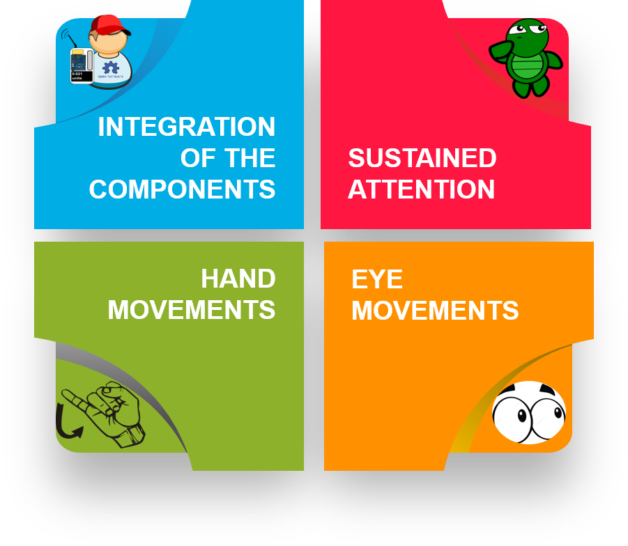
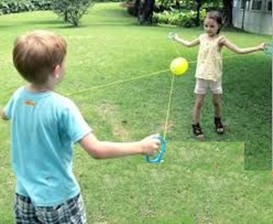
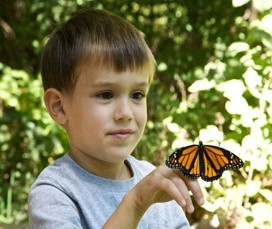
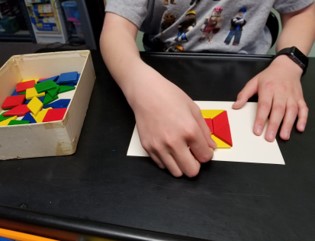

Comments are closed.